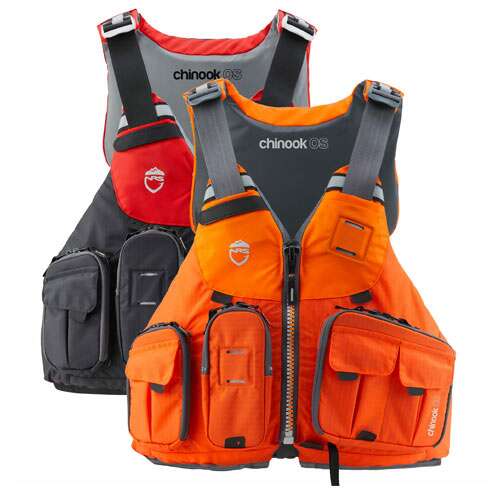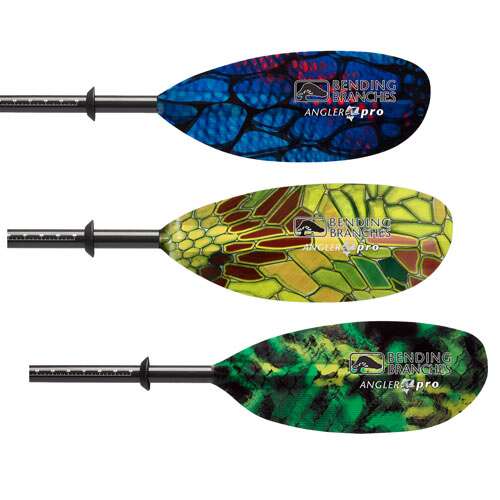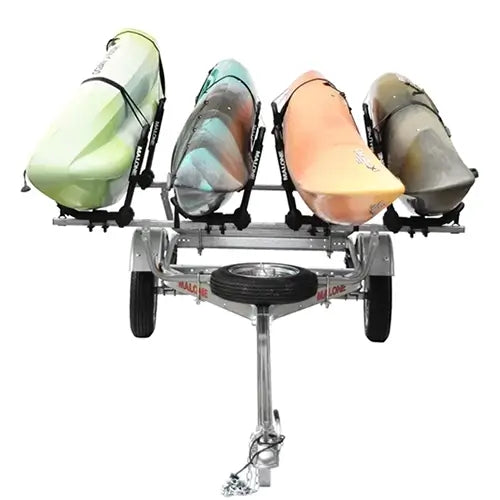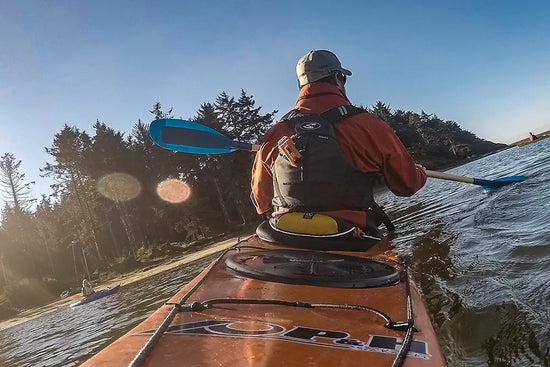Kayak Store & Outdoor Gear Shop
Shop these outdoor essentials and more at Outdoorplay:

Paddling Lifejackets
Shop our collection of PFDs

Kayak Paddles
Maximize performance on the water

Kayak Trailers
Get to and from the water with ease





Welcome to Outdoorplay - The Best Kayak Store for All of Your Kayaking Needs!
As a leading online kayak store, Outdoorplay.com offers a vast selection of high-quality kayaking gear and equipment to meet the needs of all skill levels. But we're not just a kayak shop; we're also passionate about other outdoor activities such as camping, hiking, and climbing.
Our team of outdoor enthusiasts is dedicated to providing exceptional customer service and expert advice to help you choose the perfect gear for your adventure. Whether you're an experienced kayaker or a beginner, we have everything you need to hit the water with confidence. Shop now at our online kayak shop to find the best deals on kayaks, paddles, and other essential gear!
Find The Perfect Outdoor Accessories Right Here
Looking for an outdoor store with all the adventure gear you need? Look no further than Outdoorplay.com. From climbing gear to hiking gear, paddle sports gear to winter sports gear, we have everything you need for your outdoor adventures. Find top brands like Hobie, Kokatat, NRS, Kuat, Malone, Black Diamond, and a range of accessories like ropes, backpacks, and outerwear.
Of course, kayaking gear is our specialty, but you'll find much more than that here. Shop now to find everything you need for your next adventure, all in one place at Outdoorplay.com!
Read more...
Why Outdoorplay Is the Top Kayak Shop to Purchase Kayaking & Outdoor Gear!
Outdoorplay.com is your go-to kayak store for all your outdoor adventure needs. We offer a wide range of camping products and accessories that will make your next camping trip a success. And our canoe & kayak store has everything you need, from tents and sleeping bags to cooking gear and lighting equipment.
At Outdoorplay.com, we are committed to providing high-quality camping products and accessories for our customers. Shop our camping store today and start planning your next outdoor adventure!
Visit Our Online Kayak Store to Find the Adventure of a Lifetime
If you are an outdoor enthusiast looking for top-quality gear and exceptional customer service, Outdoorplay.com is the canoe & kayak store for you. With our knowledgeable staff and commitment to exceptional service, we are dedicated to providing you with the gear you need to enjoy your outdoor adventures to the fullest.
We offer a wide selection of top-quality brands, regular promotions, and we offer free shipping on orders over $49 plus a price-match guarantee. We are always here to help you make informed decisions about your outdoor gear.
So, whether you are a seasoned adventurer or new to outdoor activities, visit Outdoorplay.com today to discover our range of products and services. Our knowledgeable staff and exceptional service are here to help you find the gear you need to make your outdoor adventures unforgettable. Don't miss out on our promotions and start shopping now!
Where is Outdoorplay located?
Outdoorplay started out over 25 year ago as a one-man kayak school operating from the owner’s garage, and rapidly expanded its devoted clientele in the Pacific Northwest. Today, our team of outdoor enthusiasts keeps that passion alive as an online outdoor retail business nestled in Hood River, Oregon - specifically at 3459 Guignard Dr, Hood River, OR 97031.
Who is the CEO of Outdoorplay?
Queena L. Brown is the CEO of Outdoorplay, a retail company based in Hood River, Oregon. She is a passionate professional who strives to develop leaders, improve company culture, and deliver exceptional results. Inspired by her team's dedication, Queena ensures that Outdoorplay delivers superior gear and service, enhancing the outdoor quality of life for customers since 1995.








